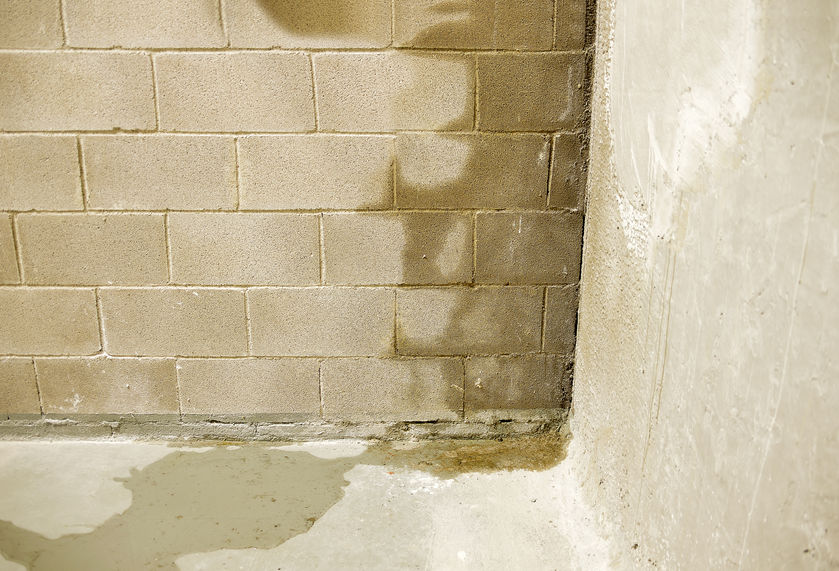A dry basement protects air quality, structure, and resale value. Moisture leads to musty odors, peeling finishes, and mold growth that can spread through the entire house. The good news is that most basement moisture problems have clear causes and reliable fixes.
At Ivy Lea Construction, we diagnose and solve basement moisture issues throughout Buffalo and Western New York. Use the steps below to identify the source and choose the right solution. When you are ready to finish or remodel, we can build it to perform for years.
To help you eliminate moisture in your basement, here are some tips to get you started:
Step 1: Find the Source Before You Treat the Symptom
Moisture typically arrives in one of four ways:
-
Bulk water that enters through cracks or joints after rain or snowmelt
-
Groundwater that wicks through concrete by capillary action
-
Condensation when warm humid air meets cool foundation surfaces
-
Interior leaks from plumbing or appliances
Quick tools that help you pinpoint the problem:
-
A hygrometer to monitor relative humidity. Aim for 40 to 50 percent in summer.
-
Blue tape to mark wet spots right after rain. Patterns reveal entry points.
-
Paper towel test on cold pipes or walls. Immediate dampness points to condensation.
Step 2: Fix Outside Drainage First
Most wet basements start outside. Address exterior water and you solve half the battle.
-
Clean gutters so water does not spill over the eaves.
-
Extend downspouts at least 6 to 10 feet from the foundation.
-
Regrade soil so it slopes away from the house. A drop of 6 inches over 10 feet is a good target.
-
Add window well covers and drains where needed.
-
Confirm that sump or discharge lines empty far from the foundation and do not freeze shut.
These low cost improvements often produce immediate results after the next rain.
Step 3: Seal Cracks and Penetrations
Hairline shrinkage cracks are common. Wider or actively leaking cracks need attention.
-
Small cracks: clean, then patch with hydraulic cement that expands as it cures.
-
Wider vertical cracks: epoxy injection is a professional repair that restores strength and stops leaks.
-
Pipe and wire penetrations: seal with polyurethane or hydraulic cement.
-
Mortar joints at the cove where floor meets wall: evaluate for seepage during heavy rain.
If cracks are horizontal, stair stepped, or growing, schedule a professional evaluation right away.
Step 4: Control Humidity and Condensation
Even after leaks are solved, basements often stay humid.
-
Install a dehumidifier sized for the square footage. Set a target of 45 to 50 percent relative humidity and run a drain line to a floor drain or condensate pump.
-
Insulate cold water lines with foam sleeves to stop pipe sweat.
-
Vent dryers outdoors and check that the duct is clean and sealed.
-
Keep a few inches of air space between stored items and exterior walls so air can circulate.
Step 5: Interior Drainage and Sump Solutions
If groundwater pressure is the culprit, an interior drainage system is often the most reliable fix.
-
Install a perimeter drain channel at the slab edge that carries water to a sump basin.
-
Add a quality sump pump with a check valve, a clear discharge path, and a battery backup for power outages.
-
Include a sealed basin lid to reduce humidity and improve safety.
-
Consider a vapor barrier behind finishes so moisture is directed to the drain rather than into your living space.
Step 6: Build the Basement to Stay Dry
When you are ready to finish or remodel, choose materials and assemblies that tolerate moisture.
-
Rigid foam insulation against foundation walls performs better than fiberglass that can trap moisture.
-
Use a pressure treated bottom plate where wood meets concrete.
-
Choose mold resistant drywall or cement board in risk areas.
-
Select flooring designed for slabs, such as luxury vinyl plank, porcelain tile, or raised subfloor systems. Avoid wall to wall carpet on bare concrete.
-
Plan for supply air, return air, and balanced ventilation so the basement is part of the home’s conditioned space.
Quick Basement Moisture Checklist
-
Gutters clean and downspouts extended
-
Soil graded away from foundation
-
Cracks sealed and penetrations caulked
-
Humidity held between 40 and 50 percent
-
Cold pipes insulated and dryer vented outside
-
Sump pump tested, discharge clear, backup ready
If two or more items are not checked, you likely have a fixable path to a dry basement.
When to Call a Professional
Reach out if you notice any of the following:
-
Repeated puddling after storms
-
Horizontal or stair step cracks in foundation walls
-
Efflorescence or flaking concrete that keeps returning
-
Persistent musty odors after basic dehumidification
-
Plans to finish or remodel a basement that has ever been damp
Ivy Lea Construction can inspect, recommend a practical plan, and then finish your basement with the right details for long term performance.
Ready for a Dry, Comfortable Basement
Tired of battling basement moisture. Call Ivy Lea Construction at 716-875-8654 or request a free estimate. We will identify the source, solve the problem, and build a basement you can confidently use for storage, living, or recreation.

